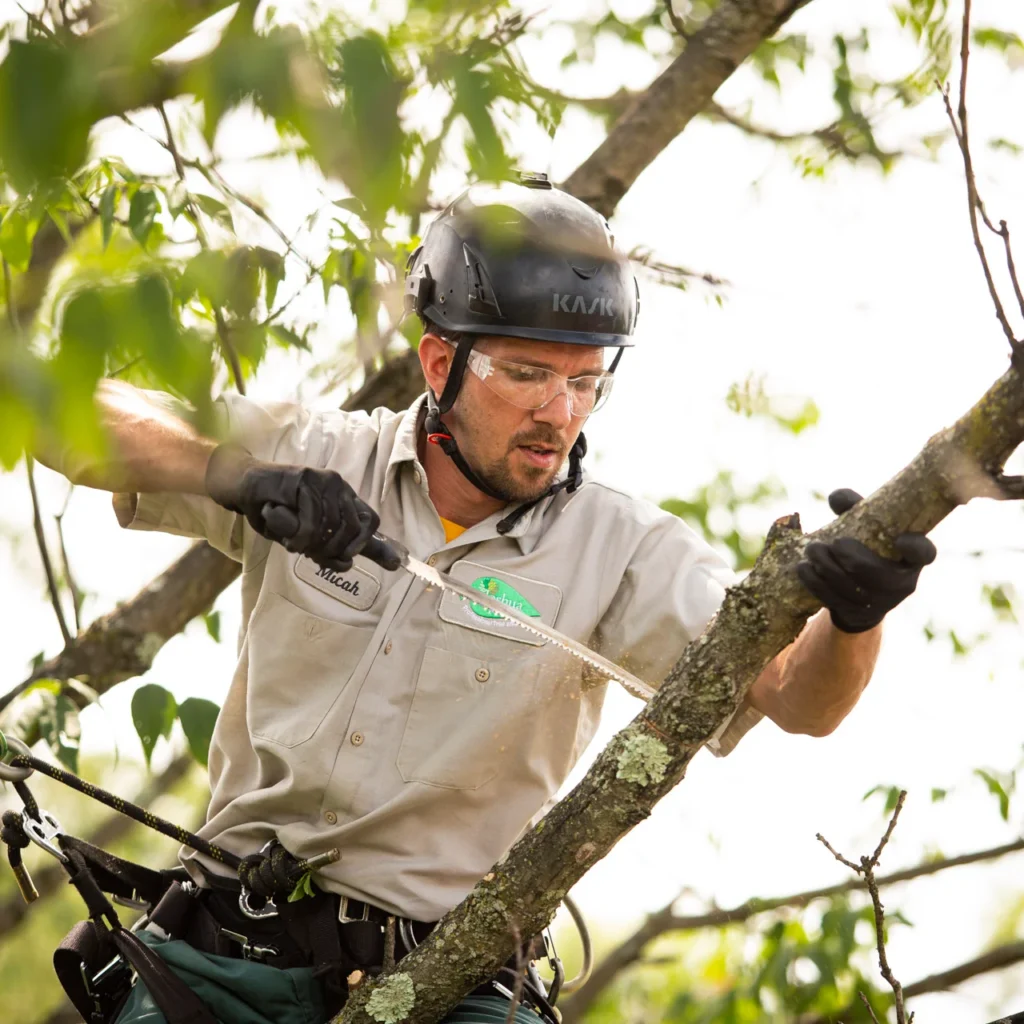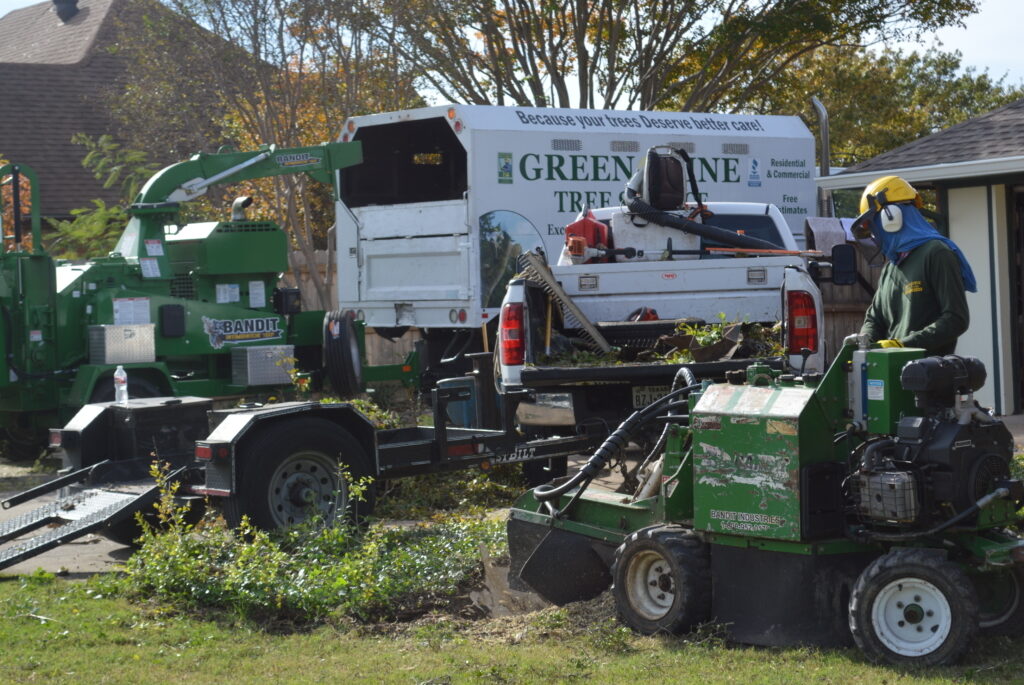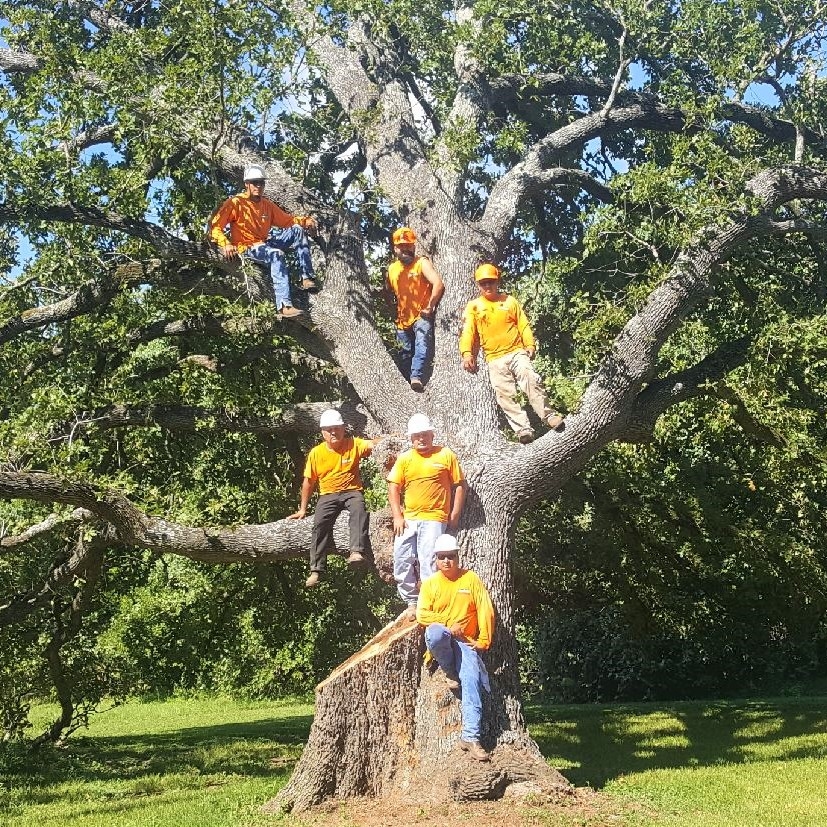Tree Pruning Services
Introduction to Tree Pruning
Pruning a tree involves carefully cutting away certain branches to enhance its overall health, look, and safety. It’s more than just trimming off a few leaves—it’s an art that involves skill, knowledge, and proper technique. Tree pruning services help ensure that this process is done correctly, giving your trees a better chance to thrive while also enhancing the look of your property.
Why Tree Pruning is Essential
Pruning your trees is not just for aesthetic purposes; it’s a crucial part of maintaining their health and safety. By removing dead, damaged, or diseased branches, you help prevent potential hazards, such as falling limbs. Plus, regular pruning can encourage new growth, improve fruit production, and even extend the lifespan of your trees.
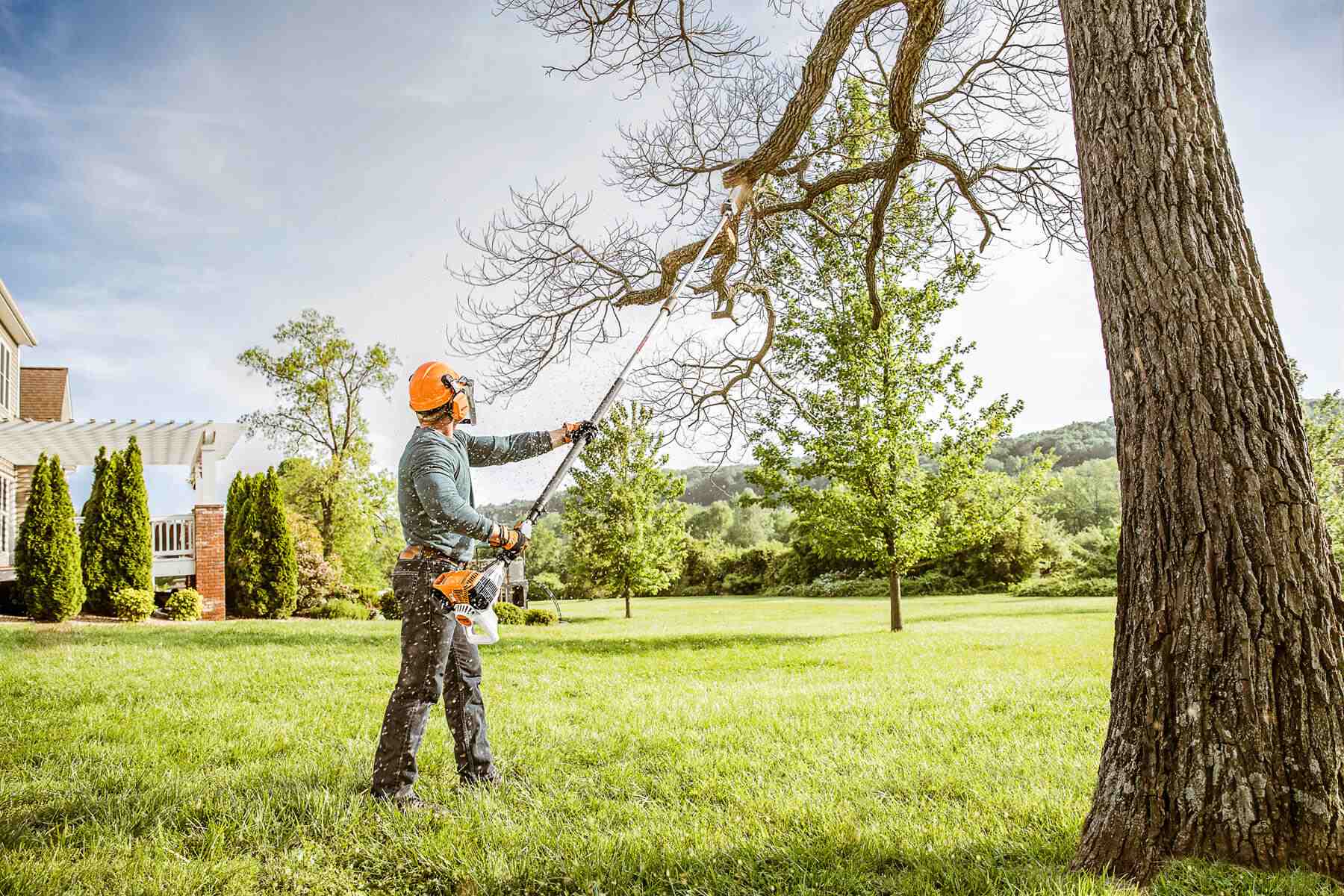
Health Benefits: Pruning removes diseased or pest-infested branches, improving air circulation and reducing the risk of disease.
Safety: Overgrown branches can pose a safety risk by falling unexpectedly or obstructing pathways.
Aesthetic: Proper pruning improves the overall shape and appearance of trees, making them more visually appealing.
Types of Tree Pruning
Crown Thinning
This technique involves selectively removing branches from the crown to allow more light and air to penetrate. It’s ideal for trees that have become too dense.
Crown Reduction
Crown reduction reduces the overall size of the tree while maintaining its shape. It’s often used when a tree has grown too large for its space.
Crown Lifting
This method involves removing the lower branches of a tree to raise the crown. It’s commonly done to allow more light to pass underneath or to clear space for vehicles or pedestrians.
Deadwood Removal
Deadwood removal focuses on cutting away dead, dying, or decaying branches to improve the health of the tree and prevent disease from spreading.
DIY vs. Professional Tree Pruning Services
DIY Tree Pruning
Many homeowners attempt to prune their trees themselves, thinking it’s a simple task. However, without the proper tools or knowledge, DIY pruning can lead to mistakes that may harm your tree in the long run.
Professional Services
Hiring a professional ensures that the pruning is done correctly and safely. Professionals know how to handle different tree species, assess tree health, and use specialized tools for optimal results.
When Should You Prune Your Trees?
The timing of pruning depends on the type of tree and its needs. For most trees, the best time to prune is during the dormant season (late fall or winter). However, if your tree shows signs of disease, damage, or overgrowth, it may need immediate attention.
Signs Your Tree Needs Pruning:
Dead or decaying branches
Overhanging limbs obstructing walkways or roads
Branches crossing or rubbing against each other
The Pruning Process
Pruning involves more than just cutting branches. It’s a structured process that begins with a thorough inspection of the tree’s condition.
Step-by-Step Breakdown:
Inspection: Evaluate the tree’s health, looking for dead, damaged, or diseased branches.
Planning: Determine which branches to cut based on the tree’s shape and needs.
Pruning: Use appropriate tools to carefully remove branches.
Clean-up: Clear away debris and assess the tree’s new structure.
Tree Pruning Tools and Equipment
Essential Tools: Hand pruners, loppers, pruning saws, and pole pruners.
Safety Gear: Gloves, hard hats, and protective eyewear are crucial for safe pruning.
The Cost of Tree Pruning Services
The cost of tree pruning can vary depending on several factors, including the size and type of tree, its location, and the complexity of the job.
Average Cost: Tree pruning services typically range from $200 to $1,000, depending on the factors mentioned.
Benefits of Hiring Professional Tree Pruning Services
Expertise: Professionals have the knowledge and experience to prune your trees in a way that promotes long-term health.
Safety: They use the correct tools and techniques to minimize risks to both the tree and your property.
Efficiency: Professional pruning is quick and precise, saving you time and effort.
Common Mistakes in Tree Pruning
Excessive pruning: Cutting off too many branches can weaken the tree and limit its capacity to produce nourishment.
Incorrect Cuts: Poor cutting techniques can cause long-term damage to the tree.
Pruning at the Wrong Time: Pruning during the wrong season can stress the tree, leading to slower recovery.
Safety Tips for Tree Pruning
Pruning can be dangerous, especially when working with tall trees or power tools. Always prioritize safety by wearing protective gear, using proper equipment, and working with a partner when necessary.
Ladder Safety: Always stabilize your ladder and never stretch too far when pruning.
Gear: Wear gloves, a hard hat, and safety glasses to protect yourself from falling debris.
How to Choose the Right Tree Pruning Service
Look for a tree pruning service with experience, positive reviews, and proper certifications. Ask about their pruning methods, safety protocols, and pricing before making a decision.
Environmental Impact of Tree Pruning
Pruning can have a positive effect on the environment by promoting healthier trees, which absorb more CO2 and provide habitat for wildlife. Sustainable pruning practices ensure that your tree remains a vibrant part of the ecosystem.
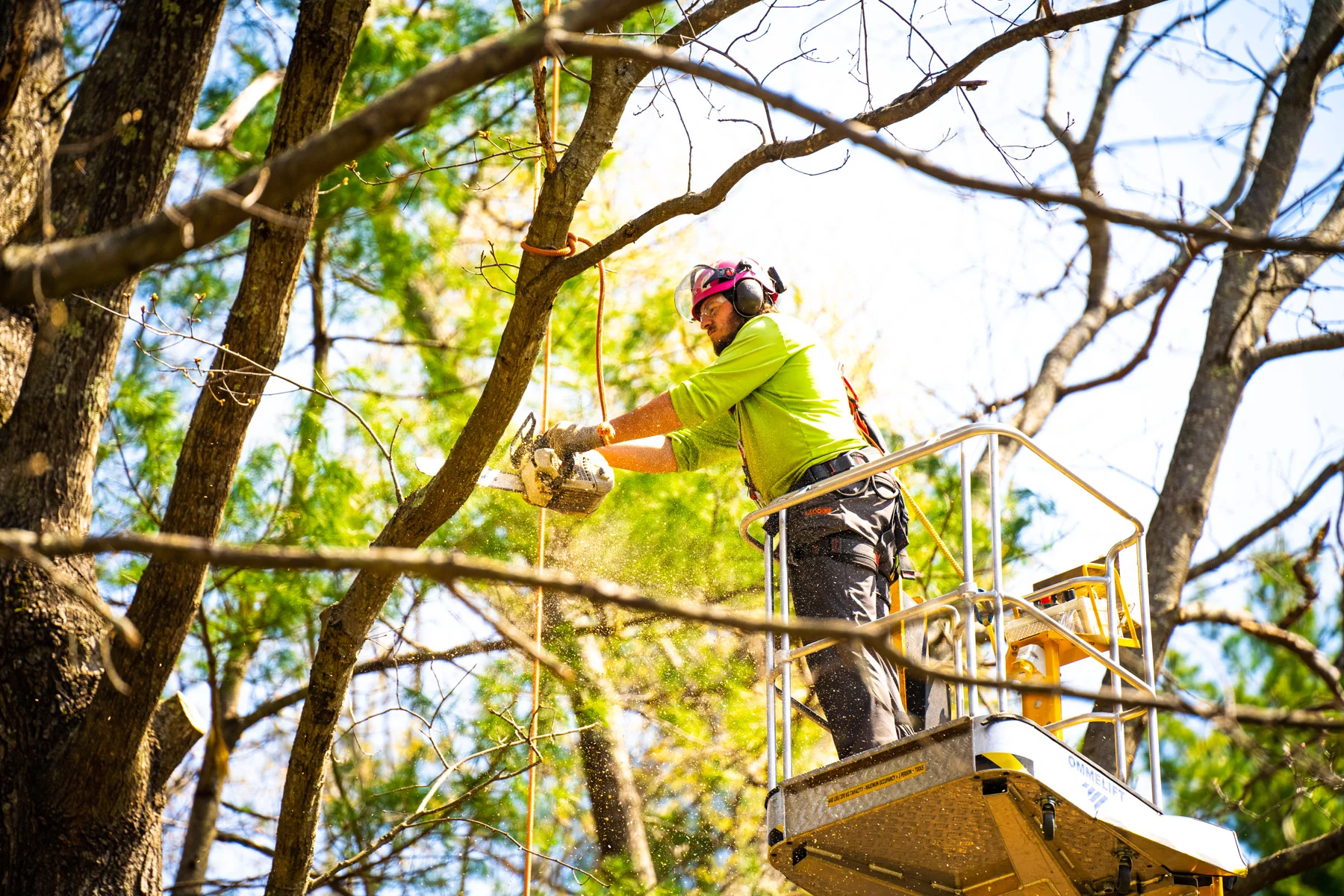
Can tree pruning harm the tree?
When done correctly, pruning helps trees. Incorrect pruning methods, though, might lead to damage.
How much time does a tree need to bounce back after being pruned?
Recovery time depends on the size of the tree and the extent of the pruning, but typically, it can take a few months.
What happens if I don’t prune my trees?
Unpruned trees may become overgrown, unhealthy, and hazardous, posing a risk to people and property.
Conclusion
Tree pruning is essential for maintaining the health, safety, and beauty of your trees. While DIY pruning may seem tempting, professional services offer the expertise, safety, and efficiency needed to ensure your trees thrive for years to come.
